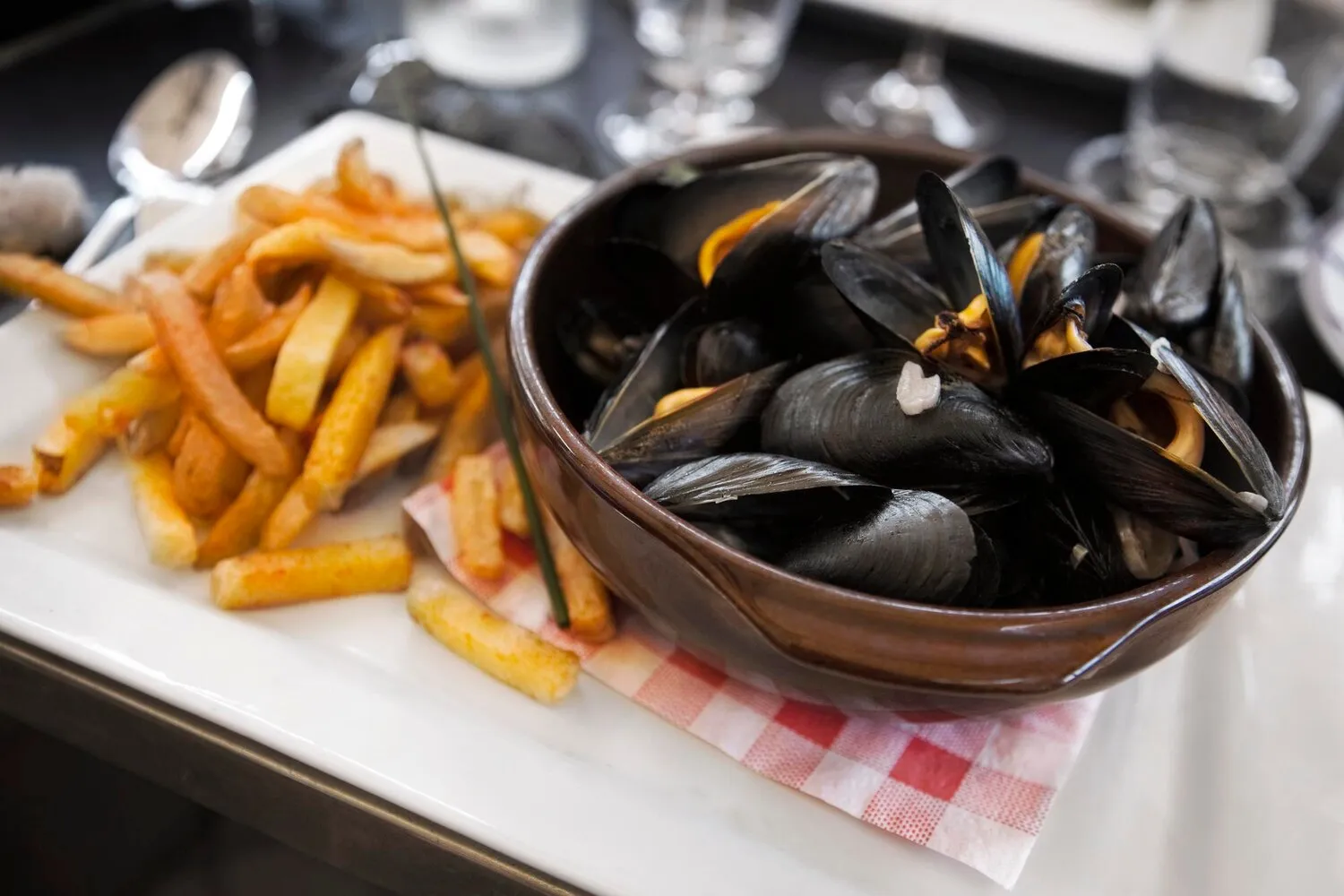
Scampi Diabolique
Scampi in a spicy tomato sauce.
Nutrition Facts
* The % Daily Value (DV) tells you how much a nutrient in a serving of food contributes to a daily diet. 2,000 calories a day is used for general nutrition advice.
Scampi Diabolique, like many Italian-American dishes, has roots in Southern Italian cuisine but has evolved and adapted over time, influenced by the availability of ingredients and the preferences of Italian immigrants in America. The 'Diabolique' style, indicating a spicy preparation, likely draws inspiration from other spicy Southern Italian dishes that utilize chili peppers.
Scampi Diabolique often features as a popular appetizer or main course in Italian-American restaurants. Its bold flavors make it a crowd-pleaser, often associated with celebratory meals or gatherings.
Regional Variations
While the core components remain the same, regional variations may exist, with some versions incorporating different types of chili peppers, adding cream for richness, or using different herbs and spices.
Restaurant Staple
This dish is a frequently found item on the menu in many Italian restaurants in the United States, due to the ease of preparation and its pleasing flavors.
Scampi Diabolique offers a vibrant combination of sweet, savory, and spicy flavors. The sweetness of the shrimp is balanced by the acidity of the tomatoes and the heat of chili peppers, creating a complex and satisfying taste profile.
The primary flavors come from the sweet and delicate taste of scampi (or shrimp as it is commonly prepared), a rich tomato sauce seasoned with garlic, and the distinctive heat from chili peppers or red pepper flakes. White wine often contributes a subtle fruity and acidic note. The dish is often finished with fresh parsley for brightness and a touch of olive oil for richness.
Shrimp Quality
Use fresh, high-quality shrimp for the best flavor and texture. Avoid overcooking the shrimp, as they can become rubbery.
Spice Level
Adjust the amount of chili pepper or red pepper flakes to your preferred level of spiciness. Start with a small amount and add more to taste.
Sauce Consistency
Control the sauce consistency by simmering for varying amounts of time. A longer simmer will result in a thicker sauce. You can also add a touch of tomato paste for added thickness.
Deglazing
Deglaze the pan with white wine to add depth and complexity to the sauce. Ensure the alcohol evaporates before adding the tomato sauce.
Explore additional Belgian dishes and restaurants
Explore BelgianDiscover top dining spots and culinary experiences in Nazareth.
Explore NazarethLearn more about the food culture, restaurant scene, and culinary heritage of Belgium.
Explore Belgium